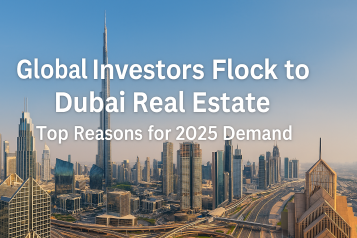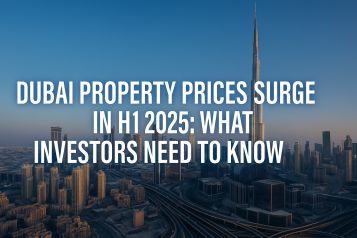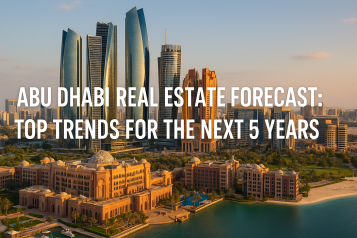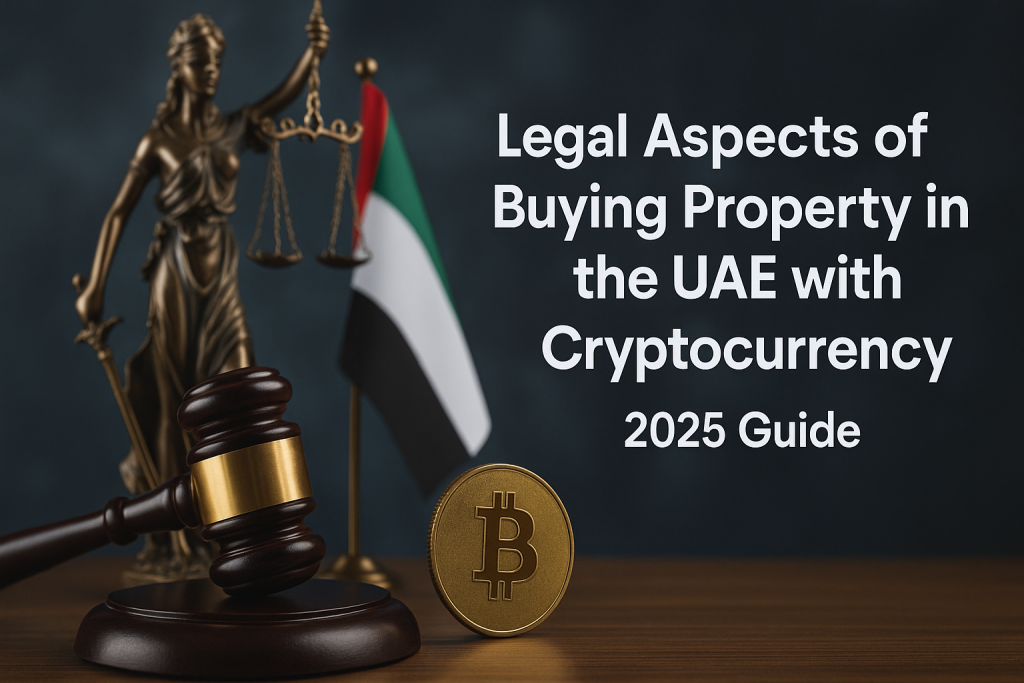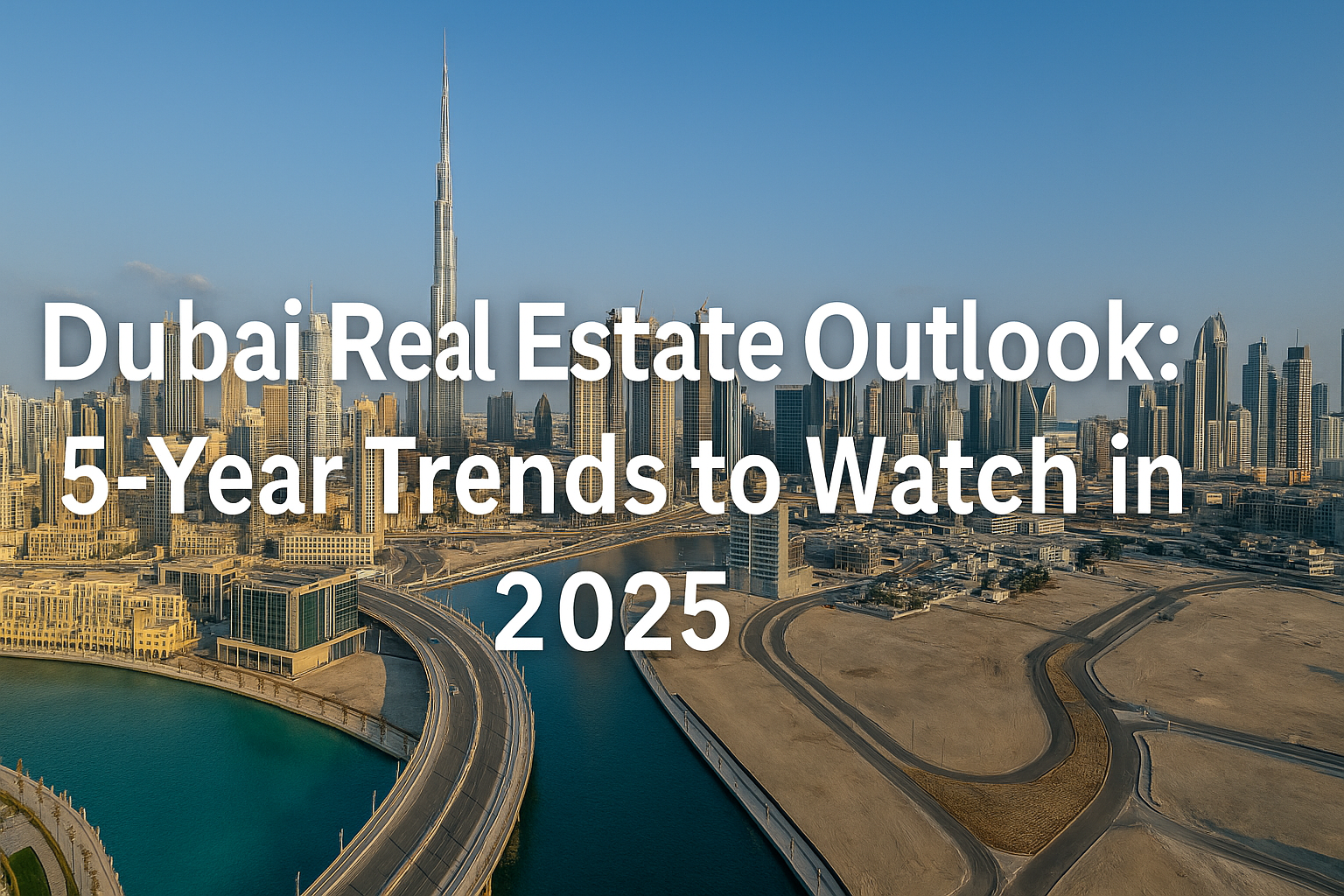

Dubai’s real estate market has moved from a speculative frontier to a globally recognized hub for stable, long-term investment. The city’s vision blends luxury development, affordable housing, digital innovation, and sustainable planning.
The Dubai Real Estate Trends 2025 reflect this transformation. Prices are moderating after a record-breaking 2023–2024, yet demand is broad and structural. Population expansion, smart regulation, and investor inflows keep the fundamentals strong. For those positioning their portfolios over the next five years, understanding these shifts is crucial.
Table of Contents
- Dubai Real Estate Trends 2025 – Snapshot
- Growth Drivers
- Population and Planning
- Policy and Regulation
- Infrastructure and Projects
- Economic Diversification
- Global Investor Inflows
- Investment Hotspots
- Luxury Residences
- Mid-Market Housing
- Off-Plan Properties
- Commercial and Mixed-Use
- Free Zones and Real Estate
- Technology and Tokenization
- AI and PropTech
- Sustainability and ESG
- Yield Comparisons
- Risks and Challenges
- Case Studies
- Expo 2020 → Dubai South
- Palm Jumeirah Waterfront
- DIFC and Finance Hub
- Common Mistakes
- Fees and Charges
- Outlook for 2030+
- FAQs
- Final Thoughts
- Homecubes – Real Estate Tokenization Partner
Dubai Real Estate Trends 2025 – Snapshot
- Prime residential prices rose 16% in 2024, the fastest globally (Knight Frank).
- Dubai targets 5.8 million residents by 2040, with potential daytime population hitting 7.8 million (Prelaunch.ae).
- The Dubai Land Department issued its first tokenized property ownership certificates in 2024, attracting 224 investors—most first-time buyers (Dubai Land Department).
Dubai’s real estate market surpassed all expectations in 2024, with ready-home and off-plan sales registering annual upticks of 12.3% and 76.4%, respectively.
I am pleased to see that analysts at @ValuStrat are predicting further growth in 2025.https://t.co/yZ8APVR7Jv pic.twitter.com/UqBQu1v4CK
— Abbas Sajwani عباس سجواني (@Abbas_H_Sajwani) February 11, 2025
Dubai Real Estate Growth Drivers
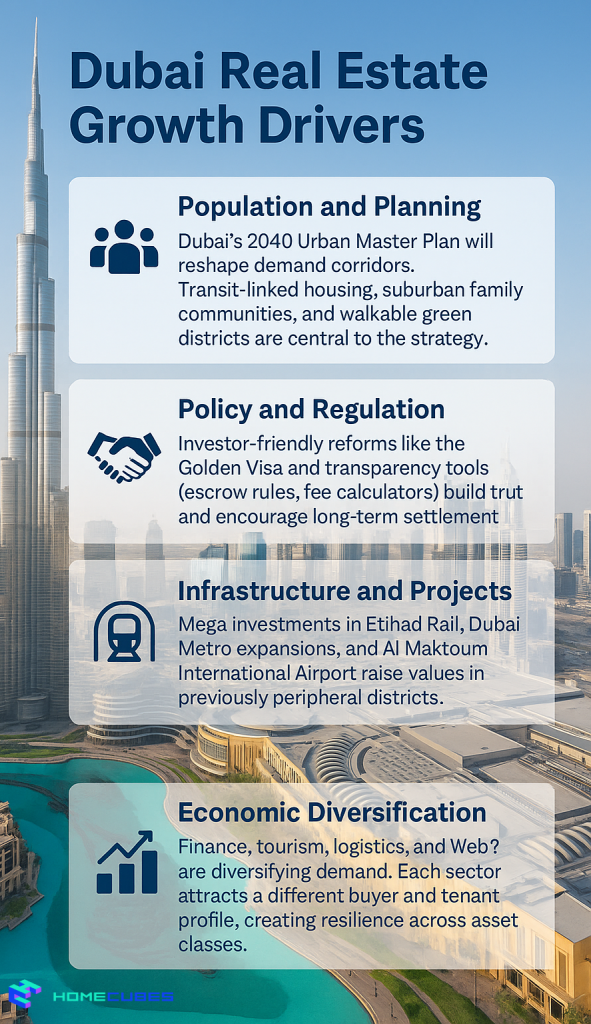
Population and Planning
Dubai’s 2040 Urban Master Plan will reshape demand corridors. Transit-linked housing, suburban family communities, and walkable green districts are central to the strategy.
Policy and Regulation
Investor-friendly reforms like the Golden Visa and transparency tools (escrow rules, fee calculators) build trust and encourage long-term settlement.
Infrastructure and Projects
Mega investments in Etihad Rail, Dubai Metro expansions, and Al Maktoum International Airport raise values in previously peripheral districts.
Economic Diversification
Finance, tourism, logistics, and Web3 are diversifying demand. Each sector attracts a different buyer and tenant profile, creating resilience across asset classes.
Global Investor Inflows
Global investors flock into Dubai real estate in 2025, as the city is becoming a magnet for cross-border capital. In 2023–2024, more than 40% of property deals involved foreign buyers. Europeans, Indians, Chinese, and GCC nationals dominate inflows, while HNWIs target luxury villas and branded residences as safe-haven assets.
Institutional money is also entering, particularly into build-to-rent (BTR), logistics, and Grade A office markets. This creates opportunities for individual investors to ride on the liquidity and visibility that institutions bring.
Dubai’s Investment Hotspots
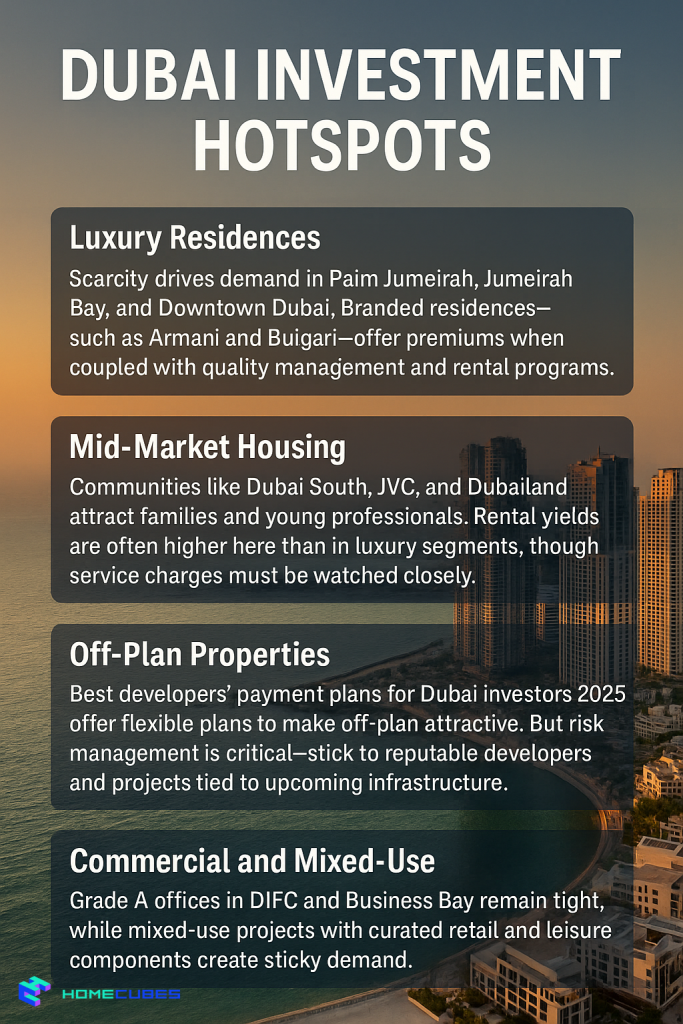
Luxury Residences
Scarcity drives demand in Palm Jumeirah, Jumeirah Bay, and Downtown Dubai. Branded residences—such as Armani and Bulgari—offer premiums when coupled is critical—stick to reputable developers and projects tied to upcoming infrastructure.
Commercial and Mixed-Use
Grade A offices in DIFC and Business Bay remain tight, while mixed-use projects with curated retail and leisure components create sticky demand.
Free Zones and Real Estate
DIFC, DMCC, and Dubai South illustrate how free zones fuel surrounding residential demand. Professionals often seek housing close to their workplace clusters, pushing up both rental demand and resale values. Investors benefit most by aligning residential holdings with workforce migration patterns.
Technology and Tokenization
The DLD’s tokenization pilot in 2024 proved that fractional ownership has real demand. Over 220 investors, 70% first-timers, participated. Tokenization lowers entry barriers, adds liquidity, and widens the buyer pool.
For investors, the takeaway is clear: tokenized property will complement, not replace, traditional ownership. Early adopters who focus on regulated, audited projects will be best positioned.
AI and PropTech
AI is powering automated valuations, yield forecasts, and risk modeling. PropTech platforms offer virtual tours, blockchain-secured deeds, and verified digital transactions. This reduces fraud and builds trust for overseas buyers.
For investors, these tools mean faster due diligence and better decision-making.
Sustainability and ESG
Sustainability is moving from “nice-to-have” to “must-have.” Buyers now ask about solar readiness, EV charging, and green building certifications. Communities like Dubai Creek Harbour integrate eco-living with lifestyle appeal.
Properties with ESG credentials are likely to see stronger tenant retention and valuation premiums.
Yield Comparisons
- Residential yields: 6–7% average
- Commercial yields: 7–9%, particularly in DIFC and Business Bay
- Global comparison: London and New York average below 4%
Dubai’s higher yields and expected return from Dubai real estate investment in 2025, remain one of its strongest selling points.
Risks and Challenges
- Interest rates: Mortgage affordability can tighten with higher global rates.
- Oversupply: Peripheral areas lacking transit or amenities risk slower absorption.
- Regulatory evolution: Tokenization rules are still developing—investors should stick with regulated platforms.
- Delivery delays: Off-plan projects can face delays; developer selection is key.
Case Studies
Expo 2020 → Dubai South
The Expo site transformed into District 2020, now Dubai South, showing how mega-events translate into permanent demand. Residential absorption has been strongest near new metro links, schools, and community retail.
Palm Jumeirah Waterfront
Palm Jumeirah villas doubled in value from 2020 to 2024. Scarcity of waterfront plots ensures continued demand. Renovated units with modern systems command the strongest premiums.
DIFC and Finance Hub
DIFC anchors Dubai’s financial ecosystem, sustaining demand for both offices and nearby luxury apartments. Grade A towers with ESG credentials command premium rents, while Downtown residences attract professionals seeking walkable commutes.
Common Mistakes
- Buying cheap units far from transit and schools
- Ignoring developer track records on off-plan projects
- Underestimating service charges
- Over-leveraging in rising interest rate environments
- Skipping ESG considerations, which affect long-term value
Fees and Charges
- DLD Registration Fee: 4%
- Mortgage Registration: 0.25% of loan value
- Service Charges: AED 10–30 per sq. ft. annually
- Broker Commission: ~2%
Budgeting these upfront avoids unpleasant surprises.
Outlook for 2030+
By 2030, Dubai will be a global leader in tokenized real estate. Fractional ownership will be mainstream, particularly for stabilized residential and commercial properties. Liquidity and transparency will deepen, attracting both institutional and retail investors.
Residential demand will diversify: family units in suburban master-plans, branded residences in urban hubs, and mid-market housing with solid community amenities. Commercial demand will expand with Dubai’s rise in Web3, AI, and fintech sectors.
By 2040, the city envisions a greener, smarter, and more walkable environment for 5.8 million residents. Investors who align with this trajectory—choosing transit-linked, ESG-compliant, and community-oriented assets—will enjoy long-term resilience.
FAQs
Will Dubai property prices rise in 2025?
Yes, but growth will be steadier than the 2023–2024 surge.
Which Dubai areas are best for mid-income buyers?
Dubai South, Dubailand, and JVC offer affordability with growth potential.
Is fractional ownership legal in Dubai?
Yes, DLD launched tokenized certificates in 2024 under regulated oversight.
What yields can investors expect in Dubai real estate?
Residential 6–7%, commercial 7–9%, among the world’s highest.
Will sustainability affect property values in Dubai?
Yes, ESG-compliant developments already command premiums.
Final Thoughts
The Dubai Real Estate Trends 2025 reveal a market that is broadening, not just growing. The story is one of planning, regulation, and innovation converging. Investors who pay attention to fundamentals—location, developer credibility, sustainability, and governance—will find both stability and upside.
Dubai is no longer simply a speculative market. It is becoming one of the world’s most sophisticated real estate ecosystems, blending traditional ownership with new models like tokenization. Aligning with that trajectory is the best way to capture the city’s long-term potential.
Homecubes – Real Estate Tokenization Partner
At Homecubes, we are building the future of fractional real estate investment in Dubai. Our mission is to make premium property ownership accessible, secure, and transparent through blockchain tokenization.
We have already applied for our VARA license, and services will launch once approval is granted. When live, Homecubes will empower investors with fractional access to high-quality properties, underpinned by regulation and technology.
👉 Contact Homecubes today and be among the first to explore Dubai’s property future through tokenized ownership.

